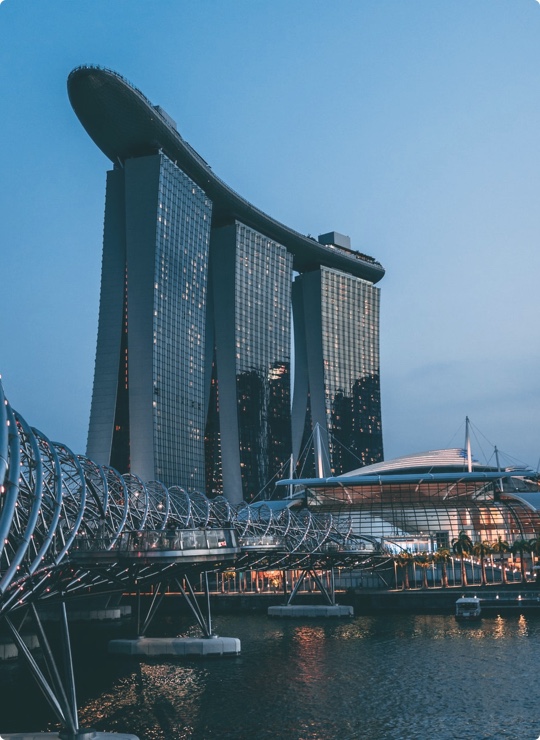
The Dongri Fort or the Dongri Hill Fort, locally known as the Janjire Dhavari Fort, is a fort in Mumbai, India.[1] It is located in the Dongri area. It came under Maratha rule in 1739. Since then the locals and the church have been looking after the maintenance of the Fort, which was once repaired. Every year, during the month of October, the feast of Our Lady of Fatima is celebrated there. Many People from far off villages come to offer their prayers there. One can take a 360 degree view of the surroundings from this fort, with the Arabian Sea at the West, the Vasai Fort at the North, the Borivali National Park at the East, and the Essel World and Water Kingdom at the South.[2][3]
History
[edit]The Dongri fort was originally built by the Portuguese around 1701 as part of their defenses after conquering Vasai (Bassein) and the northern Konkan coast. According to regional histories, the Portuguese realized Dongri’s strategic importance after taking Vasai Fort, and so constructed "Dongri Fort" (locally called Dharavi Fort) on the hilltop to guard the approach.[4][5] It thus formed one link in the chain of coastal forts held by the Estado da Índia (Portuguese India).[6] During the 1730s, the fort repeatedly changed hands in conflicts between the Portuguese and the rising Maratha Empire.[7] Maratha general Chimaji Appa led the first capture of Dongri Fort during his campaign against Vasai (then Portuguese capital) in 1737. The Portuguese governor (viceroy) quickly counterattacked in May 1737 under a new commander (Viceroy D. Joaquim Jose da Cunha, nicknamed “Kadin”), retaking the fort from the Marathas. Intense skirmishing around Vasai and its satellite forts continued through 1738, but ultimately the Marathas prevailed. By 1739 Dongri Fort was again in Maratha hands and formally fell under Peshwa sovereignty. The capture of Vasai and its fort network (including Dongri) ended Portuguese control of Salsette and the northern islands.[8][9]
See also
[edit]References
[edit]- ^ "Forts in Mumbai and Maharashtra to get a revamp". The Times of India. Retrieved 19 June 2017.
- ^ Gupta, Sourendu (21 July 1997). "18th Century History of Mumbai: Mumbai/Bombay pages". theory.tifr.res.in. Retrieved 1 July 2025.
- ^ "Dongri Fort, Mumbai". cityseeker. Retrieved 1 July 2025.
- ^ Pissurlencar, Pandurang Sakharam (1983). Portuguese-Mahratta Relations. Maharashtra State Board for Literature and Culture. p. 135.
- ^ Pissurlencar, Panduronga S. S. (1975). The Portuguese and the Marathas: Translation of Articles of the Late Dr. Pandurang S. Pissurlenkar's Portugueses E Maratas in Portuguese Language. State Board for Literature and Culture, Government of Maharashtra. p. 322.
- ^ India, Portuguese (1881). Boletim oficial do Estado da India (in Brazilian Portuguese). p. 240.
- ^ Kantak, M. R. (1993). The First Anglo-Maratha War, 1774-1783: A Military Study of Major Battles. Popular Prakashan. p. 27. ISBN 978-81-7154-696-1.
- ^ Kulakarṇī, A. Rā (1996). Marathas and the Marathas Country: The Marathas. Books & Books. p. 109. ISBN 978-81-85016-50-4.
- ^ Edwardes, Stephen Meredyth (1902). The Rise of Bombay: A Retrospect. "Times of India" Press. p. 147.


 Français
Français Italiano
Italiano


